Imagine all the time we spend in sales and marketing developing ideal customer profiles, or as the acronym goes, ICPs.
Sales leaders spend a lot of time and effort to:
- Ensure the leadership team agrees upon and documents the ICP
- Train everyone in the sales organization on sales motions aligned to the ICP
- Collaborate with marketing and product teams to deliver content and offerings aligned to ICP needs
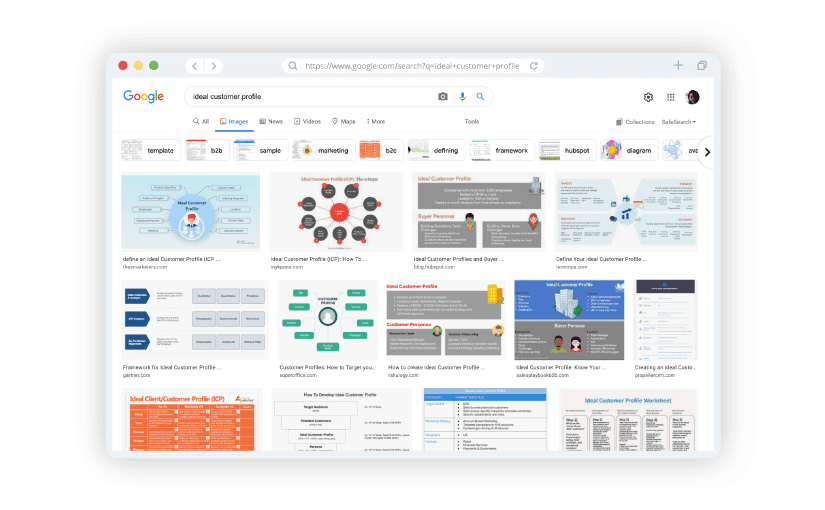
However, as we all know well, every sales deal has two sides – the customer and the seller.
While you may have targeted the right ICP-fit prospects, your success as a sales organization still rests greatly on the skills of your own sales rep.
So, how much time do sales leaders spend thinking about and strategizing about the ideal rep profile – or as we call it, the IRP?
Very little.
Some sales leaders like Mark Roberge, the ex-CRO at Hubspot, evangelize the concept of ideal hiring profiles. But does good sales performance begin and end at hiring the right people?
The truth is that it’s a long journey that might begin with hiring for the right fit, but along the way includes things like onboarding, ongoing training, practice, reinforcement, continuous coaching, account planning, and so much more.
And all of these performance improvement initiatives cannot operate without a sales performance benchmark.
Sales leadership teams need to define, document, and track gaps against ideal rep profiles or IRPs.
What is an ideal rep profile?
IRP is the science behind measuring and improving sales performance.
Today Mindtickle announced the launch of its new sales performance measurement product, Readiness Index.
Readiness Index helps sales leaders record their IRP competencies and skills. As an example, you could set up your IRP as a combination of competencies like:
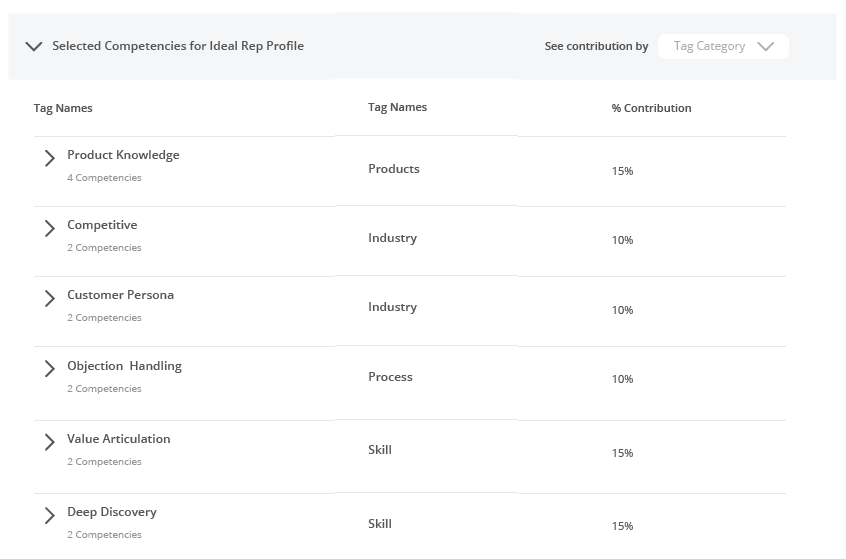
Along with each competency, you can also add in the weight each of them has on the overall Readiness Index score for a rep or a team.
My IRP is set. What’s next?
Based on the IRP, enablement and frontline managers create custom programs and coaching plans to address every rep’s skill gaps.
Now readiness initiatives like training by the enablement team and coaching by frontline managers address the needs of the individual, above and beyond addressing only the needs of the team and the organization.
On the other hand, sales leaders can start tracking how teams and reps are performing based on their readiness score in Mindtickle.
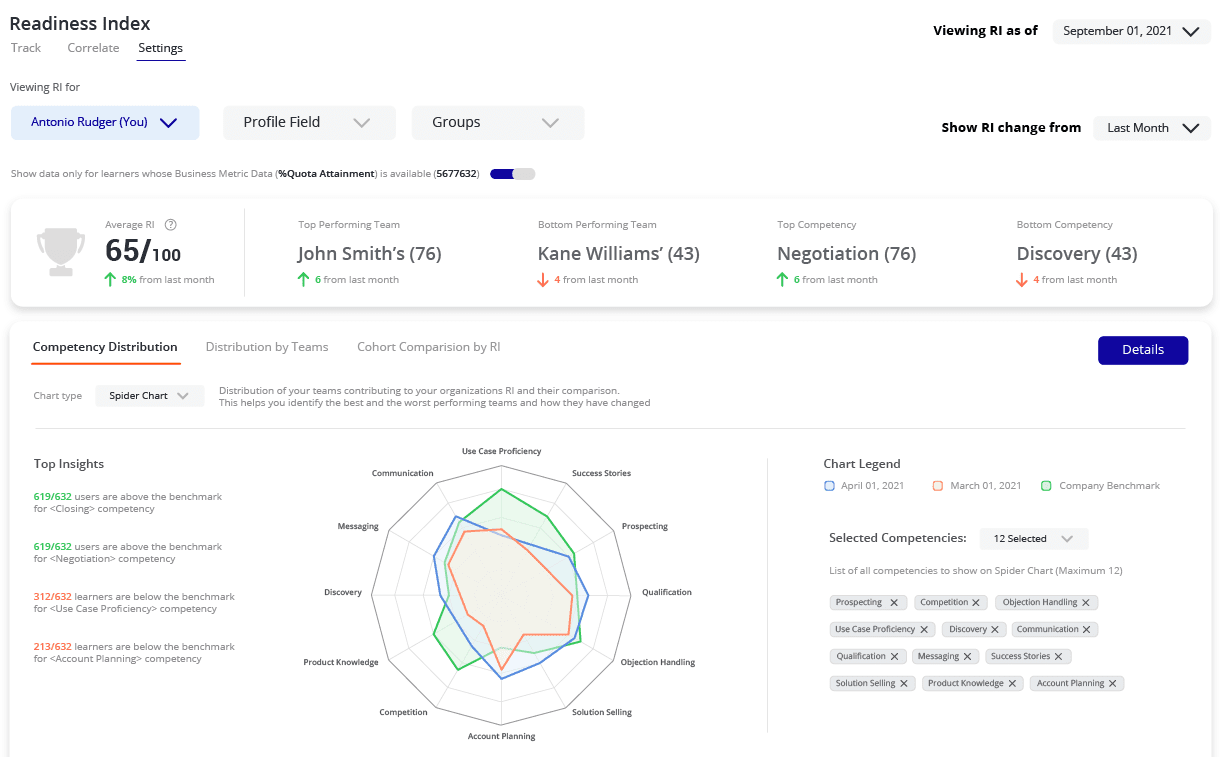
Now sales leaders know how each team, region, and rep (or any cohort) is performing.
They know which team or rep needs help with which competency.
Can we connect readiness with revenue?
Readiness levels can now also be measured against business metrics from the Salesforce CRM.
Think quota attainment, pipeline building, competitive win rates, meetings booked (for XDRs), churn, or customer NPS (for CSMs). All of these metrics can be used to understand the impact of all your readiness activities.
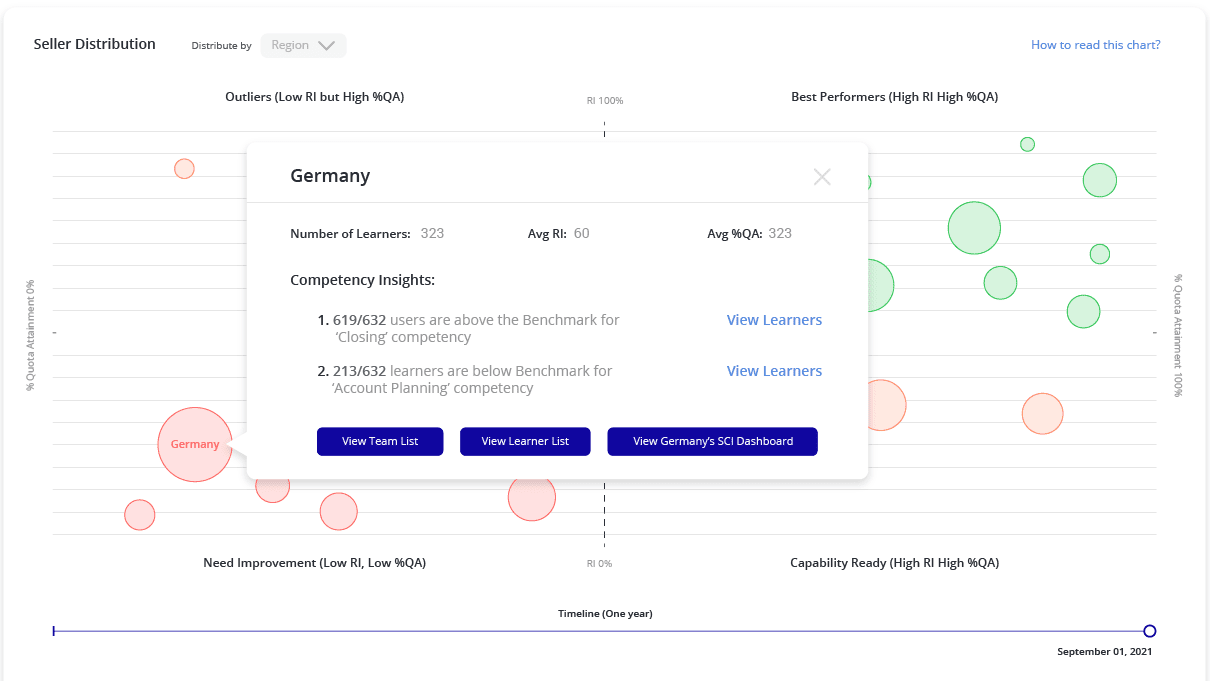
Now you can focus your readiness efforts in a more targeted manner starting with the quadrant that needs improvement in both readiness and quota attainment.
Take Susan for example:
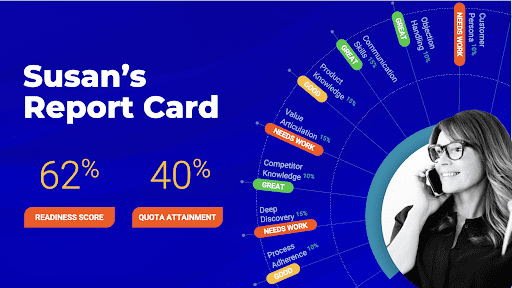
We now know she needs help with customer personas, deep discovery, and value articulation.
Steps sales leadership can take with Mindtickle to help improve Susan’s performance:
- Listen to her discovery calls in Call AI conversation intelligence and give her prescriptive feedback on questions to ask, talk time to reduce in discovery conversations
- Guide her on better value articulation by sending her a reinforcement course, as well as doing an AI-guided virtual role-play
- Ensure she can use Asset Hub to easily find all persona-related content, training, highly rated roleplays submitted by top reps
Readiness Index creates more peak performers on your team by delivering bespoke education, content, and coaching based on every rep’s individual needs. Learn more about ideal rep profiles and the Readiness Index by getting a personalized demo today.



 By Helen Waite
By Helen Waite
 By Christian Pieper
By Christian Pieper
